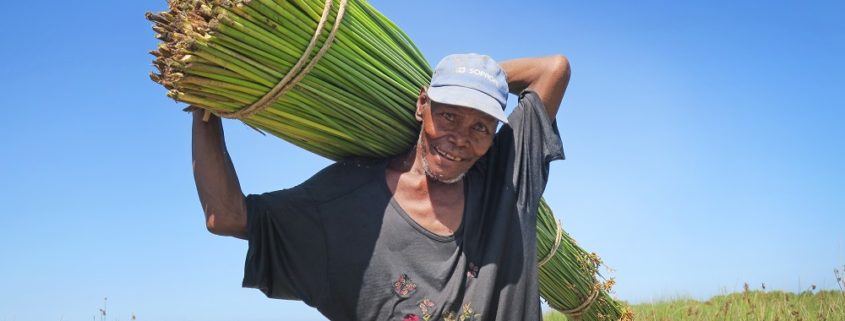World Wetlands Day 2017
Today is World Wetlands Day. We know that most of you know how important wetlands are to the environment but for anyone out there who isn’t sure this a good time to explain what wetlands actually are and why they deserve a day to raise awareness about them. Wetlands are, in general terms, areas in which water covers the soil or where water is present at or near the surface of the soil or within the root zone throughout the year or for varying periods within the year. Think swamps, marshes and, the ones that really interests us today, reed beds.
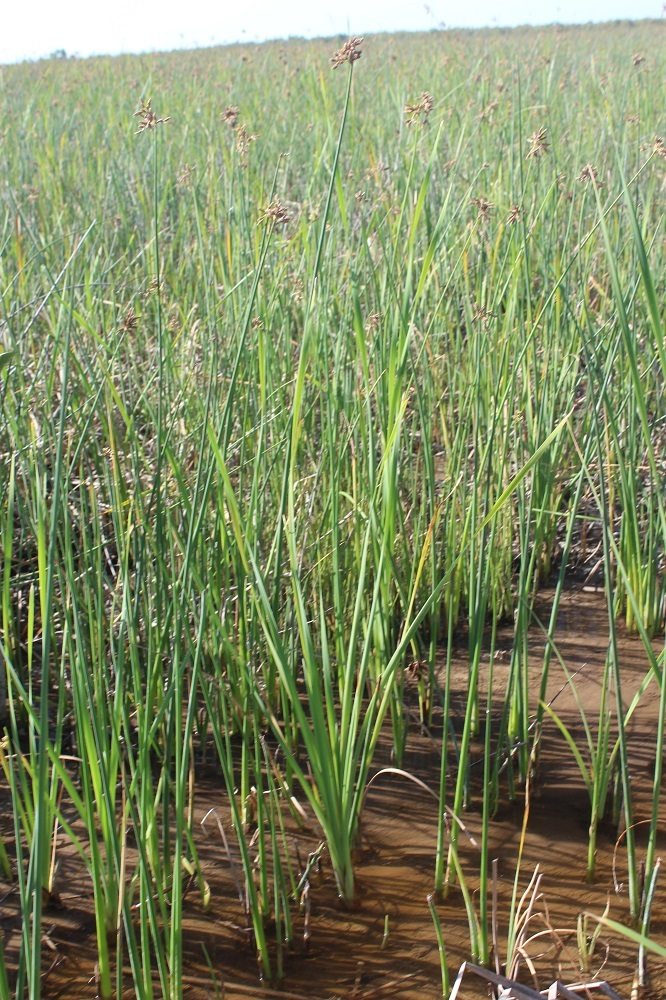
Reed beds are incredibly important ecologically. They help to protect species of fish and crabs by providing food and shelter in their roots for juvenile animals. They provide shore protection by stabilizing the soil with their root system and decelerating wave energy. Reeds’ grow from an interconnected root system called the rhizome. The rhizome is one continual system that connects plants, which allows the root system to exist for millennia unless threatened or destroyed by changes in their climate (soil changing from damp to dry) or human impact on landscape ecology resulting in the clearing the area and allowing the root system to die. They also provide protection to the sea from pollution. Reed beds are also an incredibly important and useful resource in the Bay of Ranobe and across Madagascar for another reason. Vondro reeds are used for many different purposes throughout Madagascar including making mats, baskets and roofing houses. It is the most economical and easily sourced building material in this area and is used a lot.
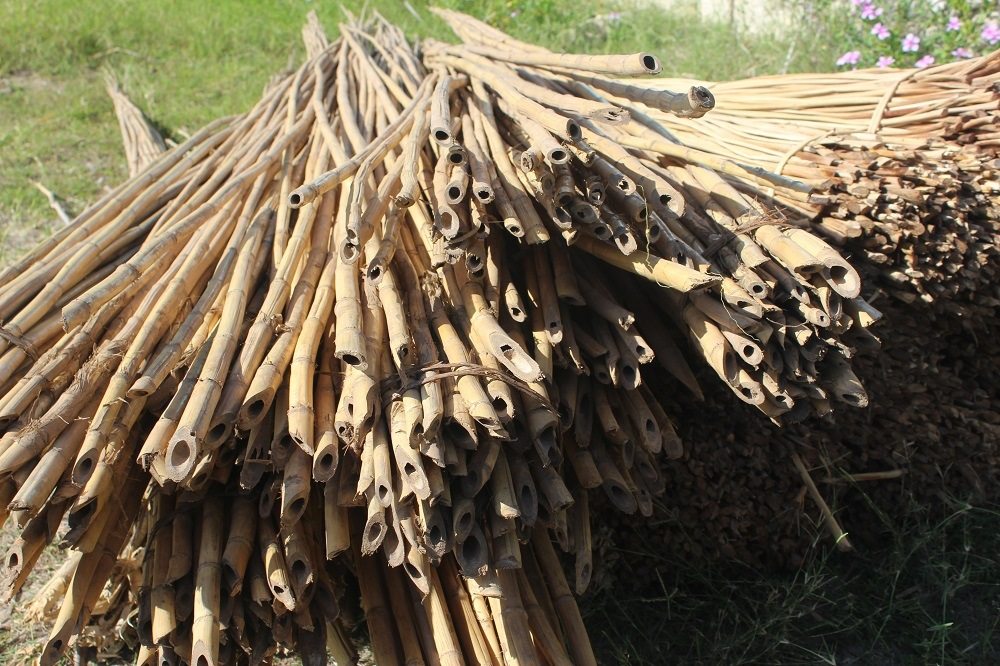
The importance of reed bed protection is very clear in the village of Ambondrolava, where the Reef Doctor Honko Project (full details of this project to be provided on our new website, coming soon!) is based. Many people in the village make a living from vondro and it provides the main source of income to many villagers. Men in the village cut and dry vondro for use as a building material for roofs. Although vondro does not withstand conditions as well as corrugated iron or slate, it is the most economical and most freely available material and so is used to make the vast majority of roofs on houses in the area.
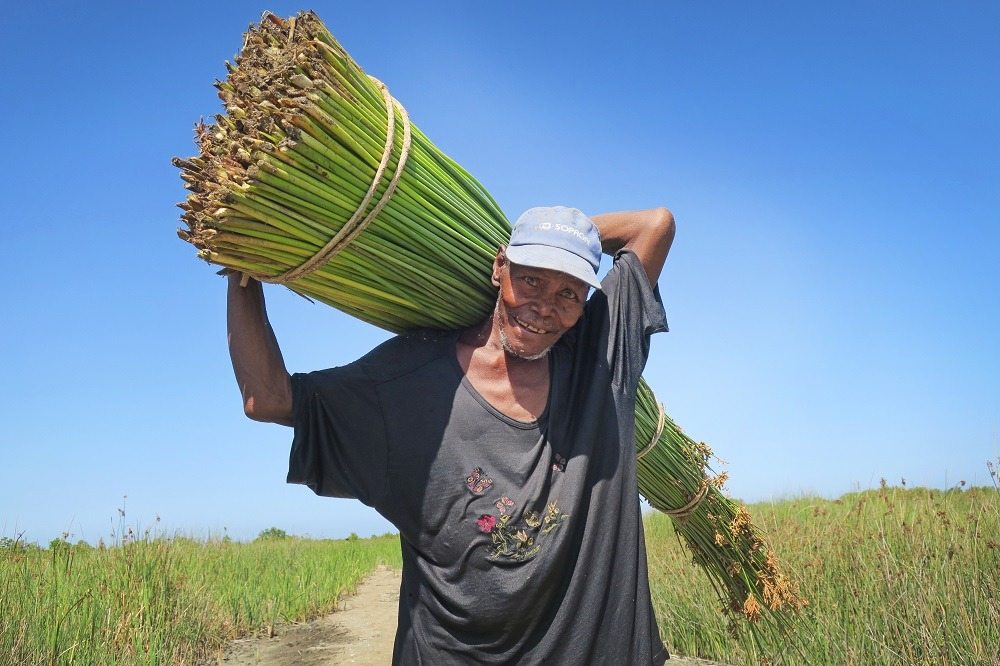
Women in the village, many of whom are members of the women’s association of Amdondrolava, use the reeds to make traditional floor mats known as Tihy, baskets, hats and bags that they sell through Reef Doctor Project Honko to generate an income for the women’s group and for the women’s individual families and an alternative livelihood to women so that they can earn their own money and be empowered by their activity. Reef Doctor Honko has worked closely with the community since 2007 to educate people about the importance of reed beds and mangroves and has actively participated in the protection of these resources. The mangroves and reed beds are protected by the local community and guardians are paid to guard the beds and mangroves at night.
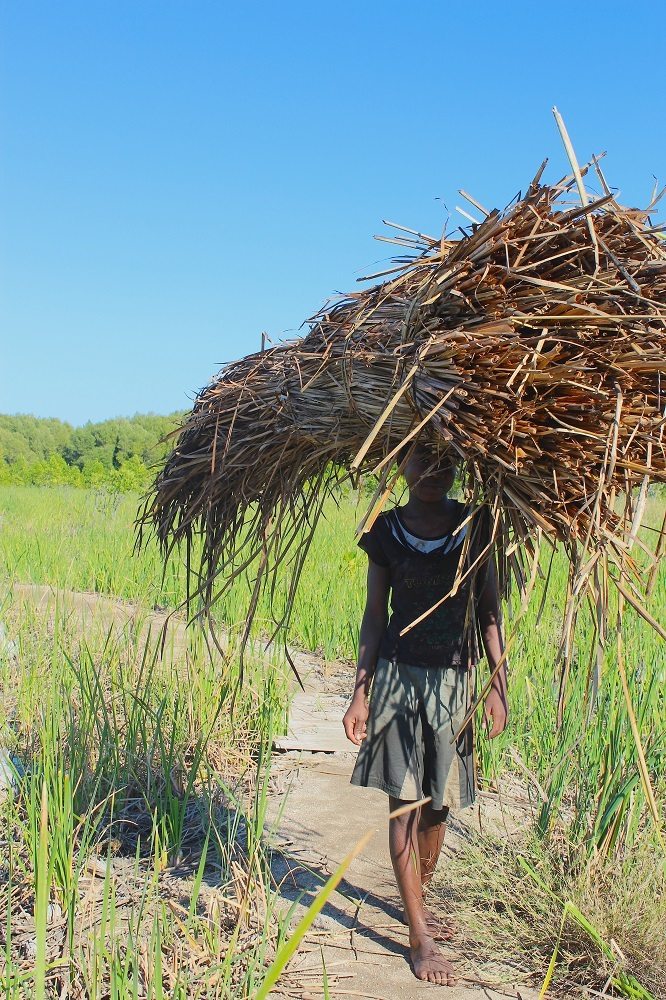
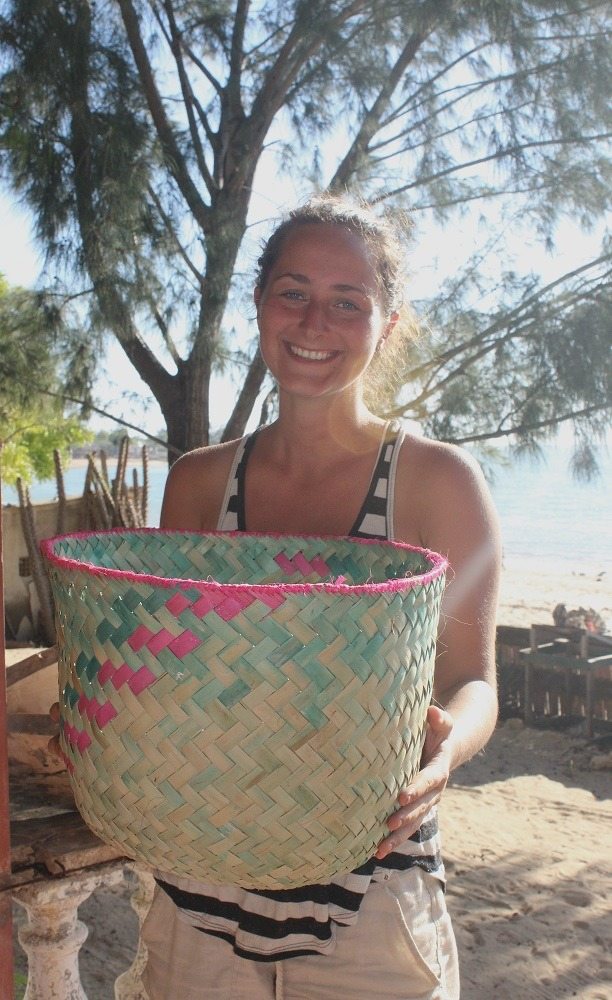
So why is an NGO concerned with mangrove protection involved with reed bed protection? Reed beds form their own ecosystem but can also be looked at as part of a larger ecosystem that includes wetlands, mangroves and seagrass. This larger ecosystem also provides protection to juvenile animals and shore protection and reed beds can be seen as the first line of defense for this ecosystem with mangroves and sea grass providing the second and third barriers to erosion and pollution, all of which help to protect the barrier reef that stretches across the Bay of Ranobe. Like many things in nature these ecosystems are intrinsically linked and need each other to survive and to provide protection to the surrounding area including the shoreline and coral reefs so it just makes sense that the villagers of Amdondrolava protect their mangrove forests and their vondro reed beds. Seagrass in the area is also protected with over 400 hectares currently under partial protection with plans to increase the area and level of protection in the future.
In 2017 Reef Doctor Honko plans to map the wetlands, mangroves and sea grass in the area and will develop a management plan for sustainable exploitation of reed beds to further ensure the proper management of the resource. Currently an extraction license is required to extract reeds from the beds and the money generated by this will be used to manage and protect the beds to ensure that the people of Ambondrolava will continue to have a source of income that benefits both men and women for generations to come.
Article by RD Comms Officer Ivana Rubino

